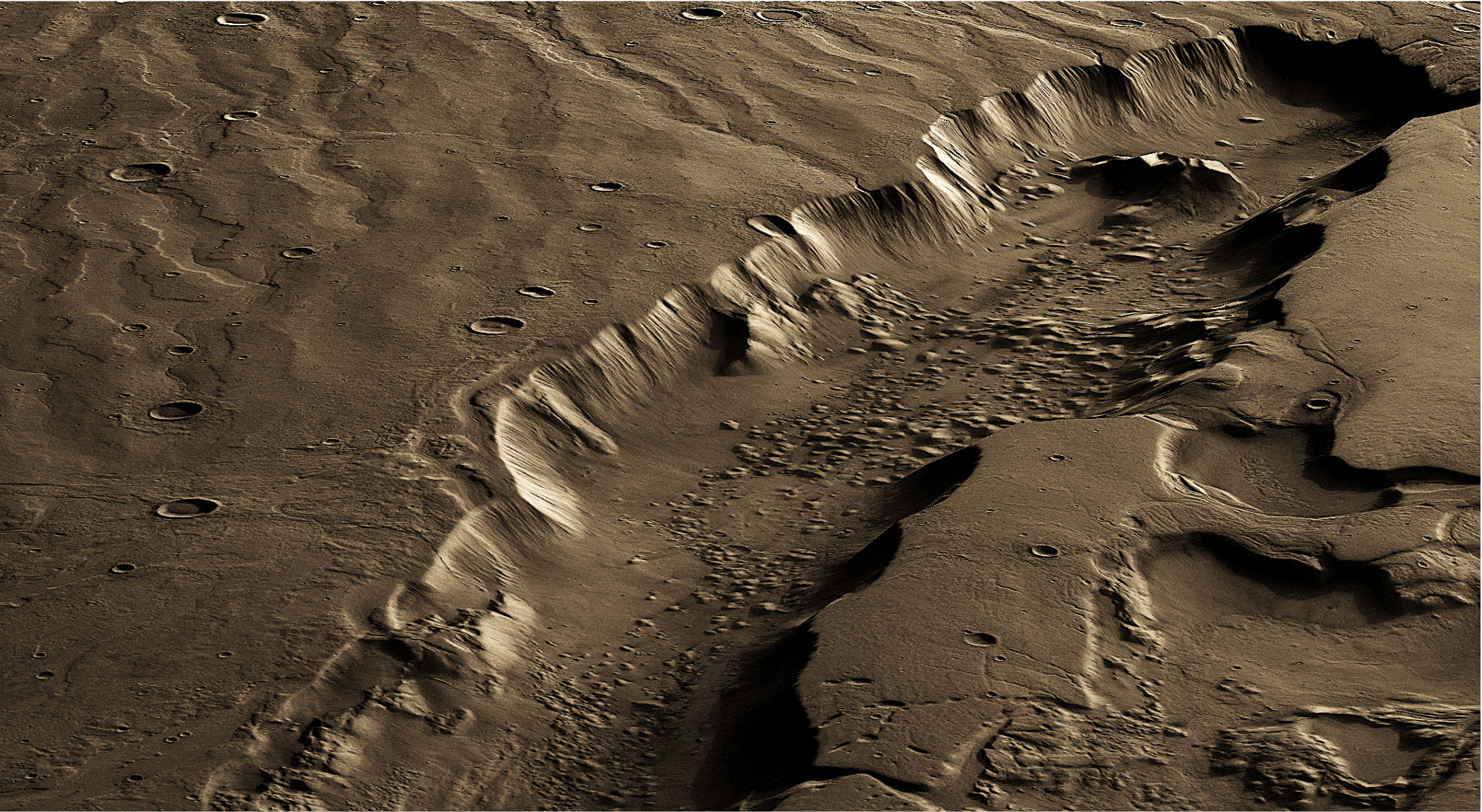Superfluid feels two-dimensional to touch, with heat flowing along the edges of your finger.
Tag: Helium
Sandia switches to hydrogen weather balloons
More than three years ago, the Sandia National Laboratories-operated atmospheric measurement facility in Alaska switched from launching helium-filled weather balloons to launching weather balloons filled with hydrogen produced on-site. By switching the gas used in their weather balloons, it has reduced its metaphorical footprint on the fragile Arctic ecosystem. Since then, the site has launched nearly 5,000 hydrogen balloons with minimal issues.
New model shows Earth’s deep mantle was drier from the start
By analyzing noble gas isotope data, a scientist determined that the ancient plume mantle had a water concentration that was a factor of 4 to 250 times lower when compared with the water concentration of the upper mantle. The resulting viscosity contrast could have prevented mixing within the mantle, helping to explain certain long-standing mysteries about Earth’s formation and evolution.

Best Region For Life on Mars Was Far Below Surface
The most habitable region for life on Mars would have been up to several miles below its surface, likely due to subsurface melting of thick ice sheets fueled by geothermal heat, a Rutgers-led study concludes. The study, published in the journal Science Advances, may help resolve what’s known as the faint young sun paradox – a lingering key question in Mars science.
Helium: An Abundant History and a Shortage Threatening Scientific Tools
Scientists first discovered helium burning on the surface of the sun, but today liquid helium plays an essential role in supercooling scientific equipment. Unfortunately, our complex history with the element has led to a recent shortage that threatens some types of scientific research.